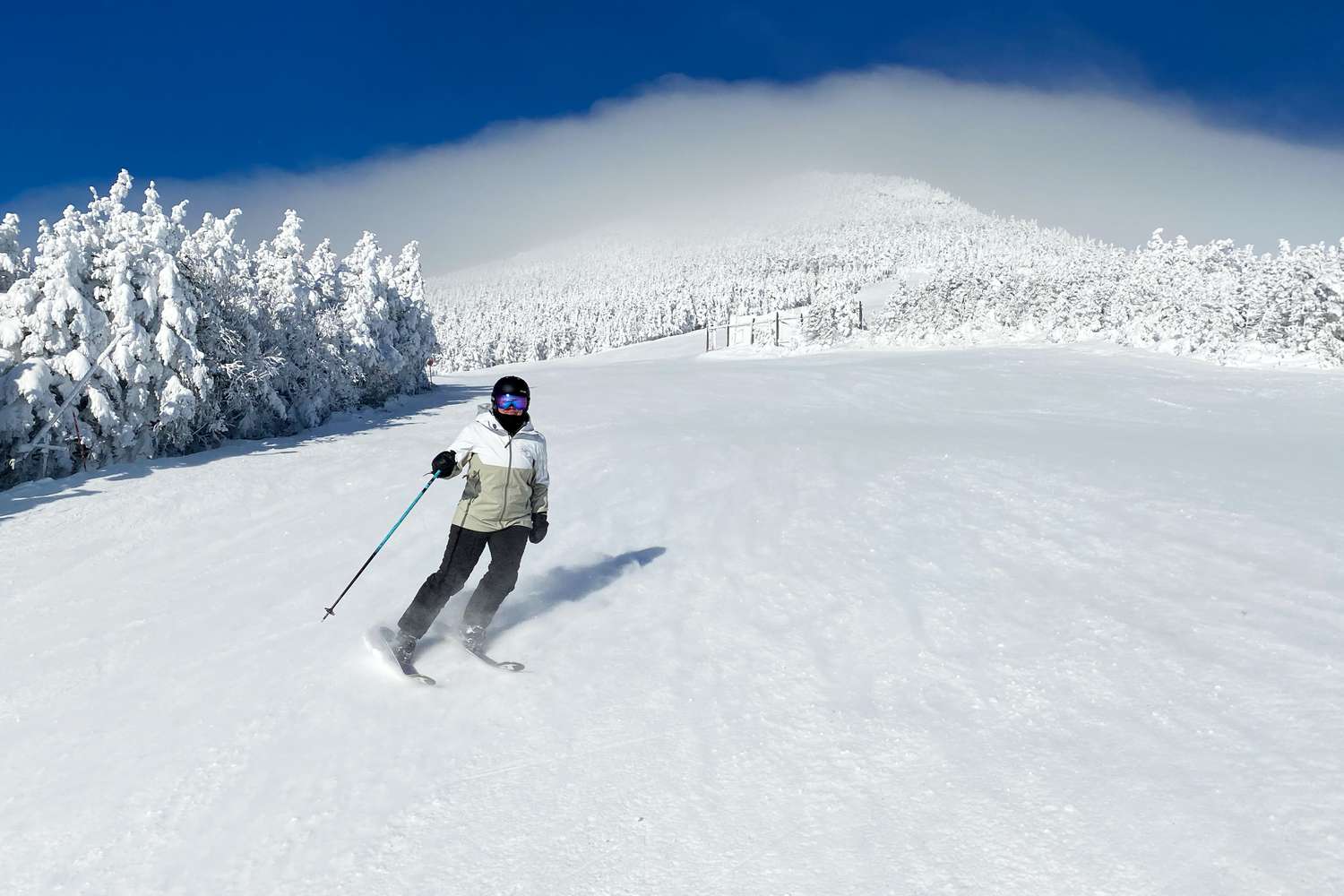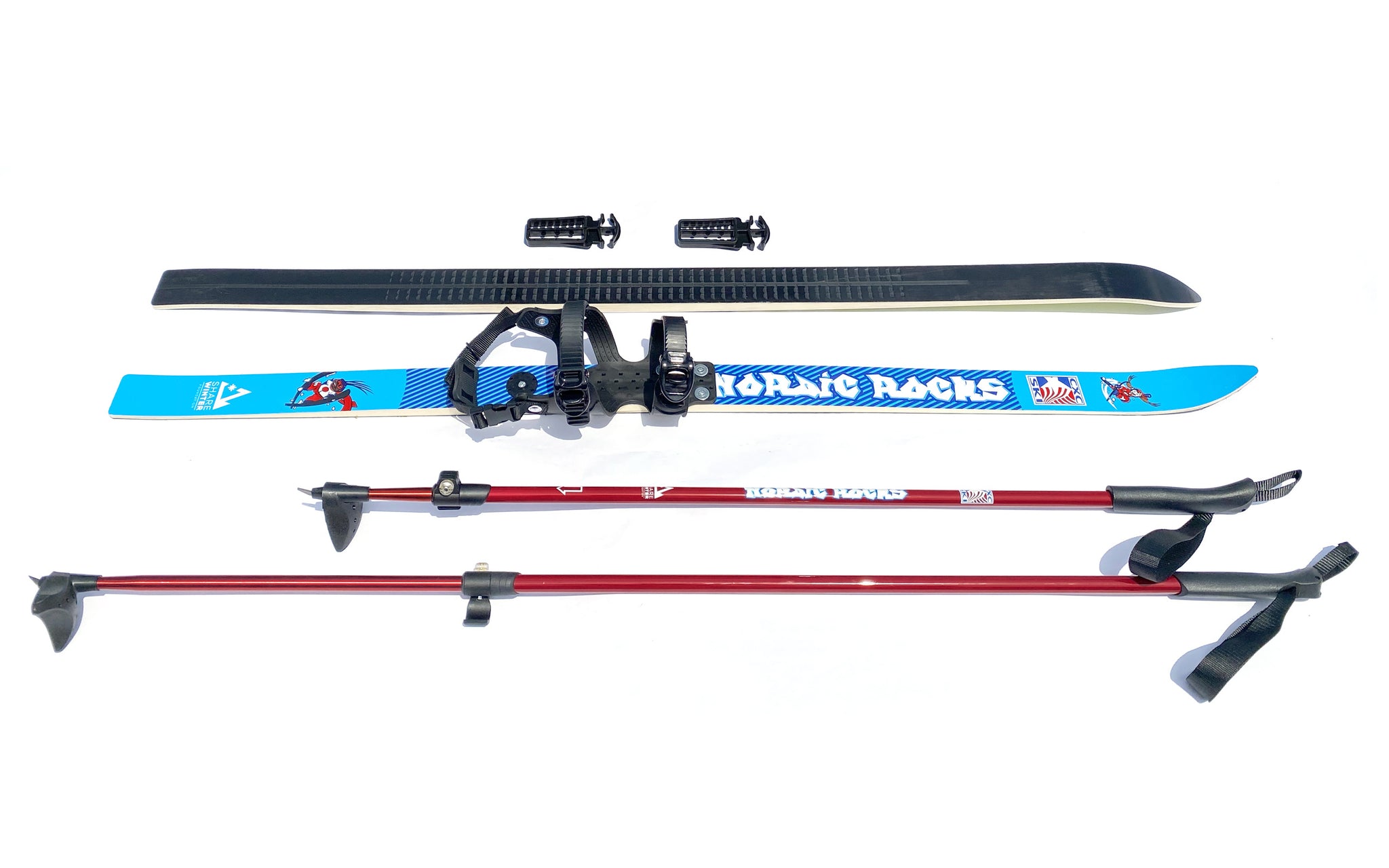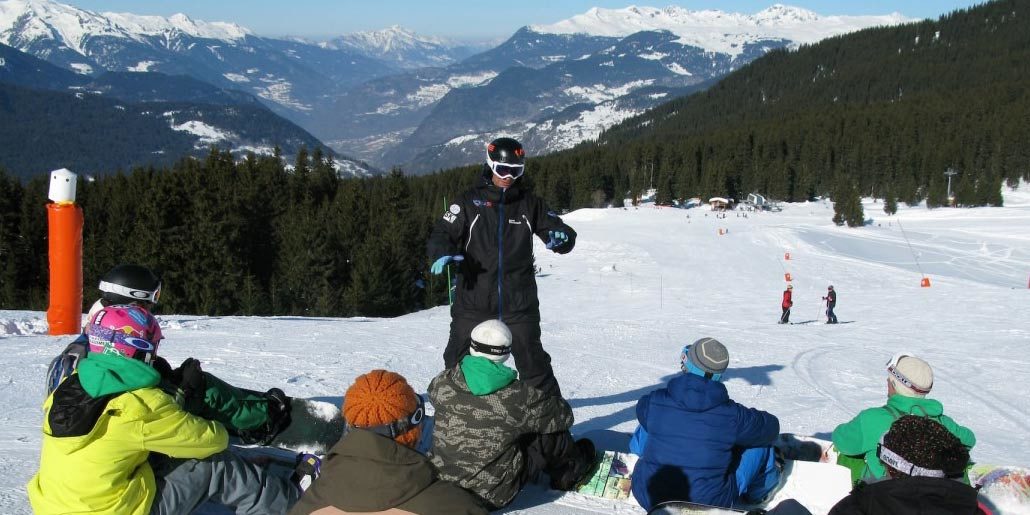
Since its inception, snowboarding has been around for many years. It has evolved from being a novelty activity to an Olympic sport. It is now popular enough that up to half the visitors to US resorts are snowboarders.
There are many inventors in the history of snowboarding. Some have had more impact than others. One of the most influential was Jack Burchette, who created the first snowboard in 1929. He was also the first person to create a plywood plank. In 1960s, the Snurfer, an entirely new snowboard, hit the market. This was the first mass-produced snowboard. It set the stage for modern snowboarding.
Even though snowboarding wasn’t well-known at first, it was soon accepted by mainstream media in the 1990s. It was one of the most popular sports in the country by the 2000s and was growing rapidly. Because of a lack understanding, many ski areas wouldn't allow snowboarding. In recent years, most ski resorts have begun to allow snowboarding and the number of riders has grown exponentially.

Freestyle competitions remain the most popular in snowboarding. These contests are held in the backcountry and have become a global staple. These are the most exciting events in the field. These events have been the subject of much controversy.
One of the earliest attempts to make a snowboard was with wood planks or aluminum. Some early designs included a single plank with an attached rope to provide balance. Doug Waugh designed the Pipe Dragon, a wooden-shaped board. The idea of sliding down a hill on a board has been around for thousands years.
Although the idea of a Snurfer is well-known, mass production was not possible until the 1960s. Brunswick Corporation purchased the idea and began mass producing the Snurfers in large numbers.
A similar toboggan-like device called a Lazboard was popularized a few decades later. Riders used a stick to steer the board, and a rope to hold them up. Although not quite as efficient as the 1990s snurfing device it is definitely an upgrade to the old toboggan.

Vermont was the site of the 1982 first snowboarding contest. The King of the Mountain competition gathered pioneering snowboard builders together to compete in a friendly competition.
The mid-20th century saw many great innovations, such as the first snurfing competition in 1968, the first snowboarding World Cup and the first Olympics that featured snowboarding. But snowboarding was not popularized until the 1980s. A number of ski resorts ban the sport, mostly because they fear that it could cause damage to the slopes. This changed in the 1990s when legitimate marketing efforts were made for the sport.
FAQ
What snacks can you take on a plane with you?
You have many options for snacks to take with you when flying. Consider bringing any foods you like while on the road.
You might pack chocolates or other sweet treats, such as crisps, biscuits, and nuts.
Perhaps you want something savory? You could pack some crackers or cheese.
Also, think about what type of drinks you'd like on board. Perhaps you'd prefer something cold or hot?
Whatever kind of snack or drink that you choose to bring along with you, make sure everything is packed securely.
So you don't have to worry that they might get damaged on the road.
How do you prepare your body for vacation?
You need to eat and exercise regularly to maintain a healthy lifestyle while on vacation.
It is also important to get enough sleep and keep hydrated before you go.
Be sure to have all your travel documents and medications on hand.
Also, be sure to bring enough medication for your trip in case you need it.
Last but not least, make sure you have a spare set of clothes in case something happens.
What is the first thing to do after arriving at your travel destination?
Always have a plan in place for when your arrive at a new location. It will let you know what to expect, and where to go next.
It is important to plan ahead so you don't forget anything.
For example, if you plan on visiting a city for more then one day, make sure you research which parks, museums, and landmarks are available.
A map of the area may be useful and you might want to read up on the history.
Statistics
- Alcoholic beverages with 24% alcohol or less are not subject to limitations in checked bags. (tsa.gov)
- That's an 18% jump from 2019, the previous record year. (travelandleisure.com)
- They're also likely to offer babysitting services, in case you'd like to have dinner one night after 7 p.m. (travelandleisure.com)
- No Checked Bags: No Alcoholic beverages with more than 70% alcohol (over 140 proof), including grain alcohol and 151 proof rum. (tsa.gov)
- You can use compression sacs or cubes to reduce the volume of your clothes by up to 80%—this is especially convenient for bulky items such as sweaters and jackets. (eaglecreek.com)
External Links
How To
How to plan for your next vacation
Planning a trip can involve many things including booking flights, hotel reservations, car rentals, and activities. This includes important considerations like budget, destination and weather forecast.
You should always remember these points while planning your next vacation.
We have put together a step-by–step guide to help plan your next vacation. Based on customer feedback and our own experience, this guide was created. This guide will help you plan your next vacation easily.
Steps:
-
Plan your Budget - Planning your budget is one of the most important steps in preparing for a trip. You must know how much money you want to spend on your trip before you start thinking about where to go and what to do. In the event that you don't have enough cash, you might need to cancel your plans.
-
Book Flights – After setting your budget, you must book your flights. Find the best price and lowest flight deal. In addition, make sure you check whether there are any special offers for certain seasons. These deals can save you lots of money.
-
Pick Your Destination. Once you've booked your tickets, the next step is to decide where to travel. Multiple factors will play a role in choosing the destination you choose, such as location (wherever you are), climate (what season), culture (how friendly and affordable it is), cost (how affordable it can be) and cost.
-
Find Accommodations. After selecting your destination, the next step is to search for accommodations. There are many options for accommodation, from budget hostels to luxurious suites. The best type of accommodation for you depends on your requirements and preferences. For example, staying in a hotel may not be ideal if you're looking for a place close to the city center. If you prefer quiet, peaceful places, a homestay may be the best option.
-
Select Activities and Attractions - Now is the time for you to choose the attractions and activities that you want to include in your itinerary. Depending on the length of your stay, you can either choose only a few activities or add several new ones throughout your trip.
-
You can now determine your schedule. You should follow a set schedule to get the most out of your trip. If you have the freedom to roam as you please, your trip will be even more enjoyable.
-
Create itinerary – This allows you to organize all of the details for your trip. These information can include flights, accommodations, activities and restaurants. You will need to record them all and make a list.
-
Research Online – Before you go on your trip, make sure to research online. Review and read testimonials to learn what travelers have to say about a destination. This will help you plan.
-
Avoid Overpacking - Too many clothes can make packing a nightmare. Try to bring just three sets of clothes instead of five. Bring clothing appropriate for the weather you're visiting.
-
Always be prepared Get everything organized before you head out on your trip. Do not waste your time looking for important documents when you are in transit.